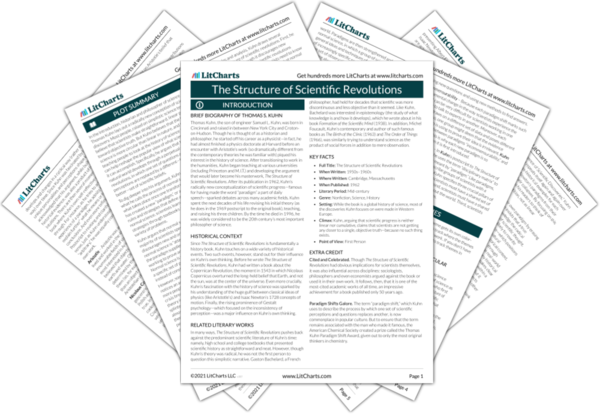AI ToolsNew
Tools to make learning and teaching easier
|
Previous
Chapter 4
|
The Structure of Scientific Revolutions: Chapter 5 Summary & Analysis |
Next
Chapter 6
|


Upgrade to unlock the analysis and theme tracking for all of The Structure of Scientific RevolutionsThe Structure of Scientific Revolutions!
Get LitCharts A+